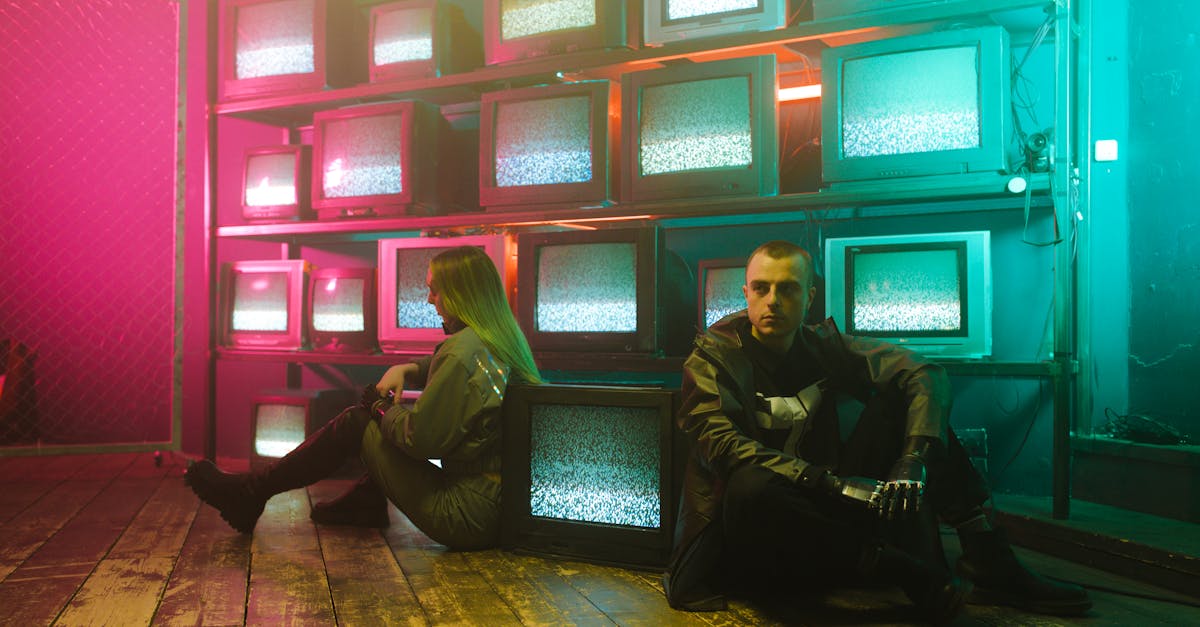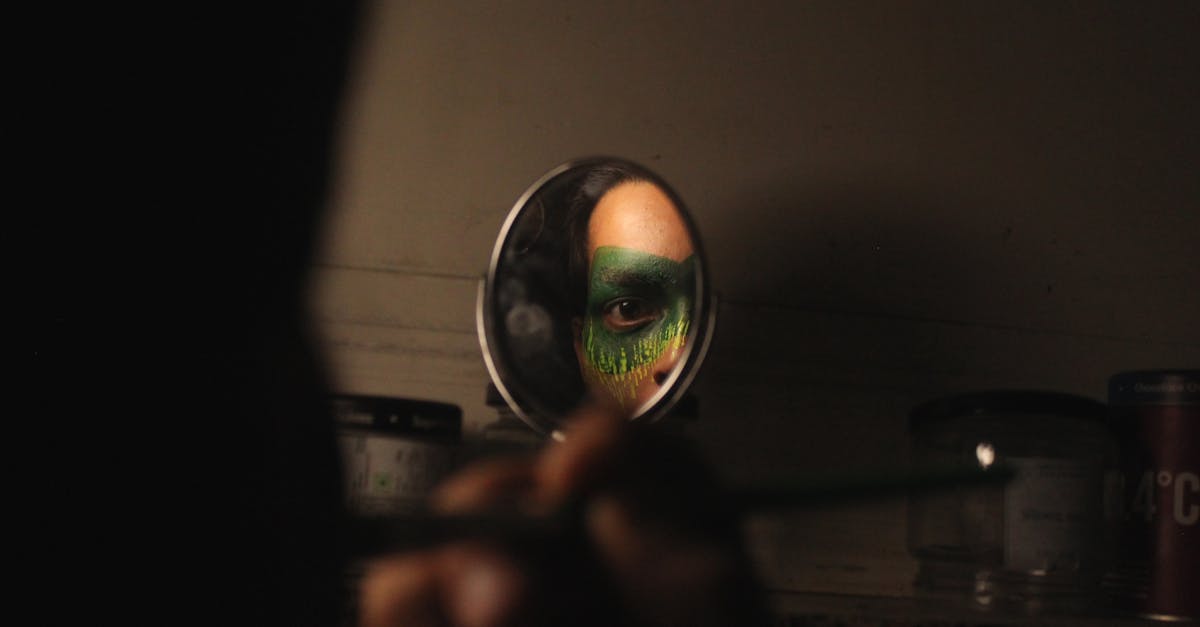Virtual Couture and the Digital Fashion Landscape
Introduction
The fashion industry has always been a landscape of innovation and creativity. However, the emergence of virtual couture marks a revolutionary shift in how fashion is conceptualized and consumed. With the rise of digital technologies, fashion is no longer confined to fabrics or physical runways. Instead, designers are crafting digital garments, transforming the relationship between design, wearer, and consumer. This dawn of digital fashion unlocks creative possibilities while challenging the norms of fashion consumption. In this article, we delve into the world of virtual couture, exploring its impact, challenges, and future potential.
Advertisement
The Evolution of Digital Fashion
Digital fashion isn't an entirely new concept—it has its roots in the early days of gaming and film, where characters donned digitally created outfits. As technology evolved, so did the complexity and creativity of these garments. Today, digital fashion has transcended its origins, creating an entirely new industry where fashion meets technology. It provides designers a limitless canvas to experiment without the constraints of physical materials. The potential for personalized designs, unique creations, and experimental fashion has never been more achievable.
Advertisement
Sustainable Fashion Revolution
One of the most significant advantages of virtual couture is its sustainability potential. Traditional fashion manufacturing has a substantial environmental impact, with waste and pollution being primary concerns. Digital fashion eliminates the need for physical production, reducing waste and carbon footprints. Moreover, virtual garments can be re-used, re-styled, and shared infinitely, offering an eco-friendly alternative that's appealing to environmentally conscious consumers. By shifting towards digital solutions, the fashion industry can explore avenues for greener practices and meaningful environmental impact.
Advertisement
Redefining Consumer Experience
Virtual couture is redefining consumer interactions with fashion. Through digital platforms and augmented reality, consumers can try on virtual garments, visualize outfits, and curate personal collections without leaving their homes. This integration of technology and fashion provides personalized experiences tailored to individual preferences. Virtual fashion shows and design collaborations further bridge the gap between designers and consumers, democratizing access to exclusive styles and enhancing user engagement. The future of fashion can revolve around unique, customized consumer journeys brought to life by virtual innovations.
Advertisement
Challenges and Implications
The transition to virtual couture isn't without its challenges. Intellectual property protection, digital inclusion, and digital literacy are critical considerations. As fashion immerses itself in the digital realm, safeguarding against data breaches and design piracy becomes a pressing issue. Additionally, the digital divide may limit access for some populations, excluding them from reaping the benefits of virtual fashion. Addressing these challenges requires collaborative efforts from designers, tech developers, and policymakers to ensure a seamless and equitable transition.
Advertisement
Influence on Traditional Fashion
Virtual couture may also disrupt traditional fashion paradigms, blending the digital with the tangible. Fashion houses can digitally archive collections, presenting heritage and exclusive pieces to a new audience. Digital garments can complement physical collections, offering diverse consumer options. The coexistence of both realms encourages sustainable production while expanding market reach. A harmonious blend of digital and traditional fashion can enrich the fashion landscape, providing designers new avenues to explore while preserving timeless sartorial craftsmanship.
Advertisement
The Role of Technology in Fashion Design
Technology is at the heart of this digital fashion metamorphosis. From 3D modeling software to motion capture technologies, tools that were once exclusive to gaming and film production are now instrumental in virtual couture design. Designers can experiment with textures, layers, and simulations, pushing boundaries without material limitations. As artificial intelligence becomes more influential, it aids designers in customization while machine learning streamlines processes, all contributing to a streamlined production pipeline with endless possibilities.
Advertisement
Economic Impact and Opportunities
The rise of digital fashion also presents new economic opportunities. Virtual couture empowers independent designers and entrepreneurs to reach global audiences unbound by traditional logistics. E-commerce platforms tailored to digital fashion are burgeoning, indicating economic viability and entrepreneurial opportunities. Brand collaborations with technology firms further caricature an ever-expanding industry. Through licensing and digital exclusives, revenue streams can diversify, progressively transforming the fashion market.
Advertisement
Future Prospects and Innovation
The future of virtual couture is brimming with possibilities as technologies continue to immerse themselves in the fabric of fashion. Innovations like augmented reality mirrors, virtual closets, and decentralized fashion shows could reshape consumer perceptions and interactions. As digital assets gain traction within the fashion space, the integration of blockchain for authentication and ownership becomes pertinent. Virtual fashion could eventually coexist seamlessly with physical garments, forging a more sustainable, inclusive, and technologically astute fashion industry.
Advertisement
Conclusion
Virtual couture stands at the forefront of a fashion revolution, ushering a new era defined by creativity and innovation. Digital fashion not only addresses pressing environmental concerns but also redefines consumer engagement, providing unique, personalized experiences. While challenges persist, the symbiosis of technology and fashion holds tremendous opportunities. As the industry navigates this frontier, cohesive efforts are essential to embrace technology's potential while upholding the rich heritage of traditional fashion. As visionary as it is transformative, the virtual couture sphere promises a reimagined and dynamic fashion ecosystem, poised for growth and sustainability.
Advertisement


